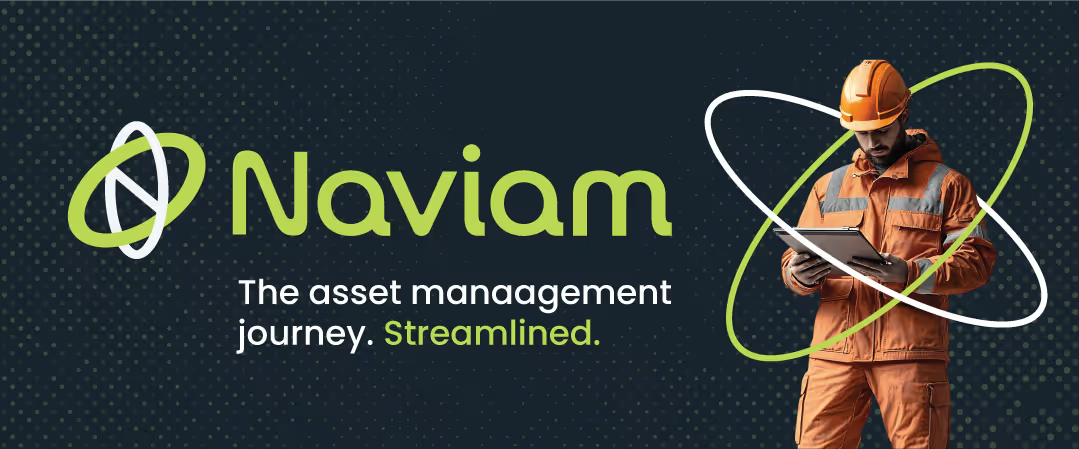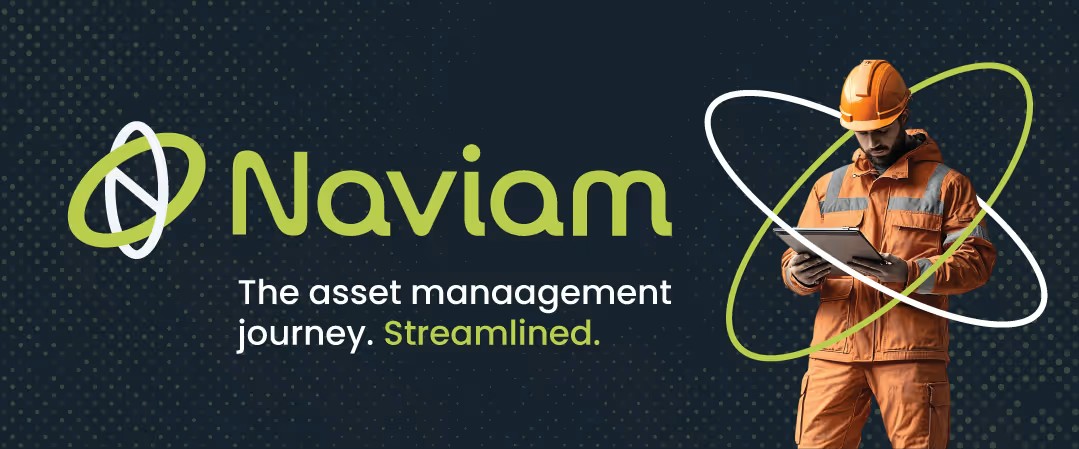Navigating Regulatory Compliance and IBM Maximo v7.6 End of Support

In the world of enterprise asset management (EAM), regulatory compliance is a critical factor in maintaining operational integrity, ensuring safety, and avoiding costly penalties. Organizations across industries—such as utilities, manufacturing, transportation, and healthcare—must adhere to stringent regulatory frameworks that mandate effective asset tracking, maintenance, and reporting. As IBM Maximo v7.6 approaches its end of support, organizations must assess the impact on their compliance posture and take strategic steps to transition to a supported version or alternative solution.
Understanding Regulatory Compliance in Enterprise Asset Management
Regulatory compliance refers to the adherence to laws, regulations, and industry standards that govern asset-intensive businesses. These regulations often require organizations to:
- Maintain accurate asset records and service histories
- Adhere to safety and environmental standards
- Implement cybersecurity protocols to protect sensitive data
- Ensure proper maintenance scheduling and documentation
- Generate audit-ready reports for regulatory agencies
Failing to meet these requirements can result in financial penalties, reputational damage, and operational disruptions. Many organizations rely on enterprise asset management solutions like IBM Maximo to streamline compliance efforts by automating workflows, maintaining detailed records, and providing real-time monitoring.
IBM Maximo v7.6 End of Support: A Compliance Risk
IBM has announced the end of support for Maximo v7.6, meaning that security patches, updates, and official technical support will no longer be provided. This shift presents several risks for organizations that continue using the outdated version, particularly in terms of compliance:
- Security Vulnerabilities: Without regular security updates, Maximo v7.6 becomes susceptible to cyber threats, putting sensitive data and critical infrastructure at risk.
- Audit and Reporting Challenges: Many regulations require organizations to maintain up-to-date software with verifiable security measures. Running an unsupported version may lead to non-compliance with industry-specific standards such as ISO 55000, OSHA, FDA regulations, and NERC CIP.
- Reduced System Reliability: As software ages without vendor support, issues may arise that impact system performance, potentially leading to operational inefficiencies and downtime.
- Integration Limitations: Many organizations integrate Maximo with other enterprise systems, such as ERP and IoT platforms. As these systems evolve, Maximo v7.6 may face compatibility issues, limiting its ability to meet compliance requirements.
Transitioning to a Supported Version: Ensuring Compliance
To mitigate risks and maintain regulatory compliance, organizations should develop a strategic plan for transitioning away from Maximo v7.6. Some key considerations include:
Upgrading to Maximo Application Suite (MAS)
IBM’s Maximo Application Suite (MAS) offers a cloud-ready, AI-powered platform designed to enhance asset management capabilities while ensuring compliance with modern regulatory requirements. Benefits of upgrading include:
- Continuous security updates and patches
- Advanced analytics for compliance tracking and predictive maintenance
- Cloud deployment options for enhanced scalability and data protection
- Improved user experience and mobile accessibility
Conducting a Compliance Readiness Assessment
Organizations should evaluate their current compliance framework and determine how an unsupported Maximo version may impact regulatory obligations. This includes:
- Identifying key compliance risks associated with outdated software
- Assessing current integrations and data security measures
- Determining industry-specific regulatory needs that a new Maximo version must support
Developing a Migration Strategy
A phased migration approach ensures a smooth transition without disrupting critical operations. Key steps include:
- Mapping out data migration and system configuration requirements
- Training end users on new features and compliance functionalities
- Engaging IBM partners or certified Maximo consultants for a seamless upgrade
Leveraging Cloud and AI Capabilities
The cloud-based deployment of Maximo Application Suite enhances security, ensures automatic updates, and facilitates AI-driven insights for proactive compliance management. AI capabilities, such as anomaly detection and predictive maintenance, help organizations stay ahead of regulatory requirements.
Regulatory compliance is a continuous challenge that requires organizations to maintain up-to-date, secure, and efficient asset management systems. With the end of support for IBM Maximo v7.6, organizations must act proactively to mitigate security risks, maintain compliance, and future-proof their operations. By upgrading to Maximo Application Suite or implementing a robust transition plan, businesses can ensure they remain compliant, secure, and prepared for the evolving regulatory landscape.
Are you ready for the transition? Naviam is here to help whether you are just starting to consider a migration strategy or are further along in the process. Connect with us to explore your upgrade options and safeguard your compliance strategy!



.png)